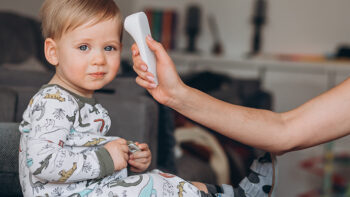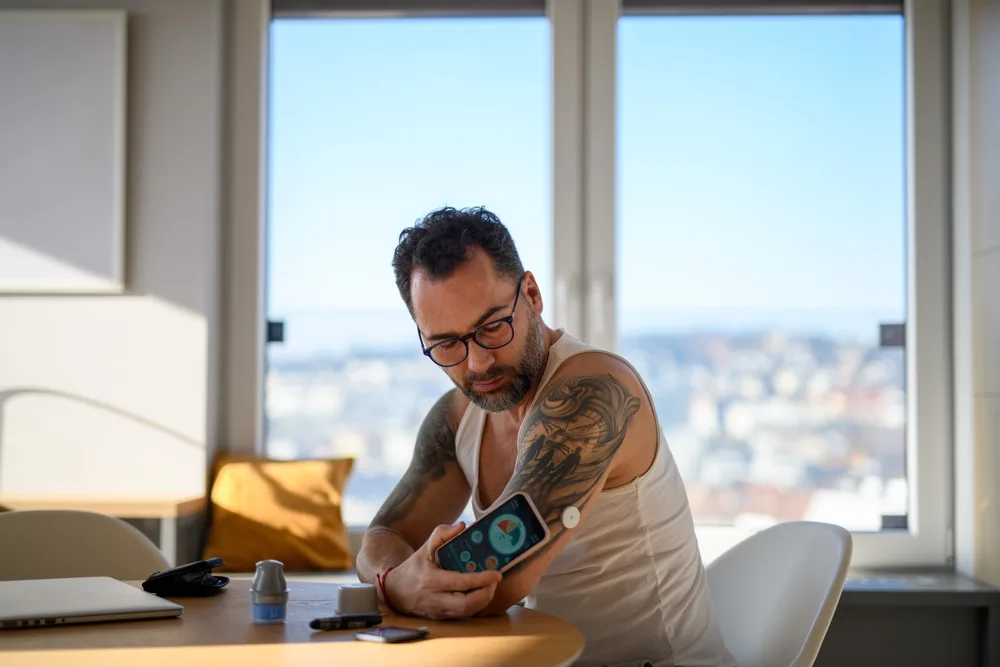
Disclaimer: This article is for informational purposes only and should not be considered medical advice. Always consult a doctor for concerns about your child’s health or seizures.
Seeing your child have a seizure out of nowhere is terrifying. One minute, they have a fever, and the next, their body is stiff, shaking, and unresponsive. It’s a moment no parent ever forgets. And then, when the seizure ends, you rush to the doctor—only to hear that it’s “just a febrile seizure,” something that happens to many kids under five. But that doesn’t make it any less frightening or frustrating.
The good news? Febrile seizures are usually harmless and don’t mean your child has epilepsy or a lifelong condition. Still, knowing what’s happening, why it’s happening, and what to do can help you feel more in control. Here’s what every parent should know about febrile seizures.
What Are Febrile Seizures?
Febrile seizures are convulsions triggered by a fever, usually in children between 6 months and 5 years old. They occur because a child’s developing brain is more sensitive to sudden temperature changes. These seizures can be mild or dramatic, but they typically don’t cause brain damage or long-term health issues.
Signs of a febrile seizure:
- Body stiffening
- Uncontrollable jerking movements
- Rolling eyes
- Loss of consciousness
- Trouble breathing or foaming at the mouth (in some cases)
They typically last less than a minute but can go up to 15 minutes in some cases. Once the seizure is over, your child may be sleepy, confused, or completely back to normal.
How Are Febrile Seizures Different From Other Seizures?
Not all seizures are the same. Febrile seizures happen because of fever, while other seizures—like grand mal seizures (now called tonic-clonic seizures) or absence seizures—are usually caused by epilepsy or other neurological conditions.
Key differences between febrile seizures and other types:
- Cause: Febrile seizures are linked to fever, while epilepsy-related seizures happen without a fever.
- Frequency: Febrile seizures are usually isolated events, though some children may have them multiple times during childhood.
- Duration: Most febrile seizures are short, lasting less than five minutes. Prolonged seizures (over 15 minutes) are rare and require immediate medical attention.
- After Effects: Children usually recover quickly from febrile seizures, while epilepsy-related seizures can cause prolonged confusion or weakness.
If your child has a seizure without a fever or if they have frequent seizures, a doctor may need to check for epilepsy or other conditions.
When Should You Worry?
Febrile seizures can be scary, but they are generally harmless. However, there are times when you should seek immediate medical help.
Call 911 or go to the emergency room if:
- The seizure lasts longer than five minutes
- Your child has difficulty breathing after the seizure
- They don’t wake up or seem extremely weak afterward
- It happens after a head injury
- It happens without a fever
Most febrile seizures don’t require long-term medical care, but it’s always good to check with your child’s pediatrician after one happens.
What to Do During a Febrile Seizure
It’s hard to stay calm during a seizure, but knowing what to do can help keep your child safe.
Steps to take:
- Stay calm – It looks scary, but it will likely stop on its own in a minute or two.
- Lay them on their side – This helps keep their airway clear.
- Don’t put anything in their mouth – They won’t swallow their tongue, but something in their mouth could cause choking.
- Time the seizure – If it lasts more than five minutes, call 911.
- Cool them down – After the seizure ends, try to reduce their fever with light clothing and fever-reducing medication (like ibuprofen or acetaminophen).
It can also be helpful to record the seizure on your phone if possible, so your pediatrician can review it. If your child attends daycare or is regularly cared for by someone else, be sure to inform caregivers about febrile seizures and what to do if another one happens. Preparing those around your child can provide peace of mind and ensure they get the right care in your absence.
Will They Keep Happening?
Most children who have a febrile seizure never have another one. However, about 30% of kids will have at least one more before they turn five. The risk is slightly higher if:
- They had their first febrile seizure before age 1.
- There’s a family history of febrile seizures.
- Their fever wasn’t very high when the seizure happened.
Febrile seizures do not mean your child will develop epilepsy. Studies show that the vast majority of kids outgrow them completely.
How Are Febrile Seizures Treated?
Since febrile seizures are usually harmless, doctors don’t typically prescribe medication to prevent them. Instead, treatment focuses on managing the fever and keeping the child comfortable.
Treatment options include:
- Fever reducers (like acetaminophen or ibuprofen) to lower body temperature
- Plenty of fluids to prevent dehydration
- Lightweight clothing to help cool them down
- Rest and close monitoring
In rare cases, if a child has prolonged or frequent febrile seizures, a doctor may discuss anti-seizure medication, like diazepam (Valium) or lorazepam (Ativan) to be used during a fever to prevent seizures. In some cases, daily anti-seizure medications like levetiracetam (Keppra) or valproic acid (Depakote) may be recommended, but these are usually temporary—often stopping once the child turns five or if they go a full year without another seizure. But for most kids, simply treating fevers early and keeping an eye on symptoms is enough.
Understanding Febrile Seizures and Moving Forward
Watching your child have a febrile seizure is terrifying, and it’s okay to feel overwhelmed. Just remember: febrile seizures are common, they don’t cause permanent harm, and most kids grow out of them. If your doctor brushes off your concerns, keep asking questions. You deserve reassurance and guidance.
If your child has had a febrile seizure, talk to your pediatrician about what to expect and how to handle fevers in the future. Knowing what’s normal and when to worry can make all the difference in how you handle the situation. You’ve got this!



